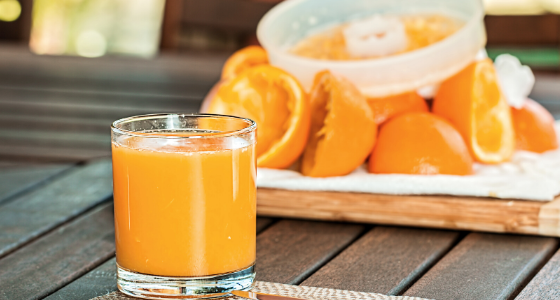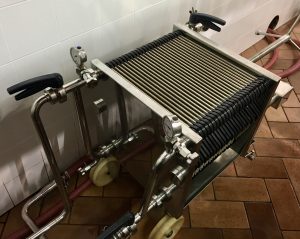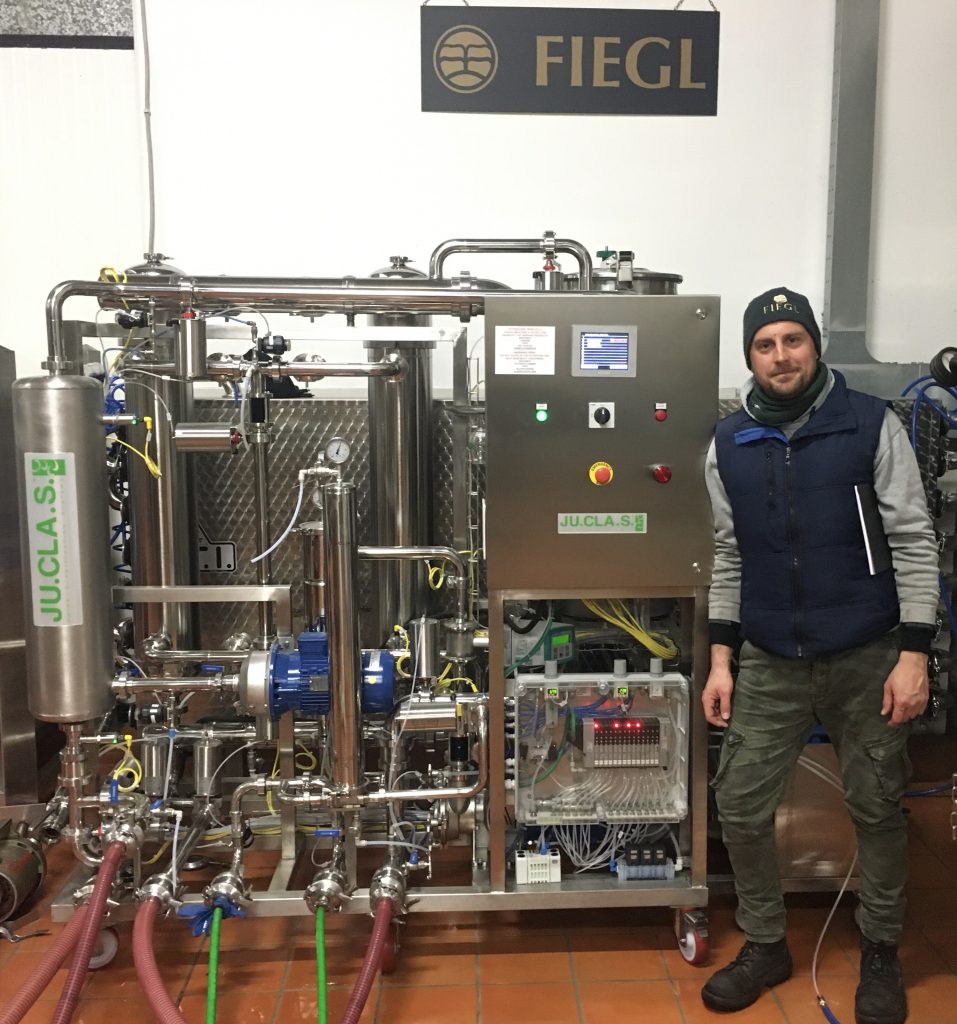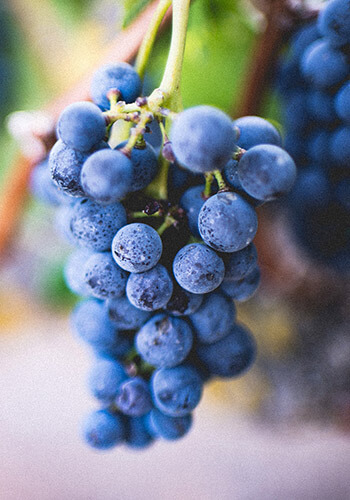
Why and how do you filter wine?
I am a weird person, I admit it. I only drink fresh-pressed orange juice if filtered. I can’t stand the fruit pulp. My wife teases me every time, but I only want the pure juice. The filtering process is easy, you only need to use a strainer. It takes a bit more than 5 minutes. Therefore, I only drink fresh-pressed orange juice for breakfast on Sundays. It was indeed on a Sunday morning, with the filter in hand, that I got the idea for this article.
Why is wine filtered?
At the end of the winemaking process, the wine is murky and contains a lot of suspended particles. The murkiness is the result of different elements coming from the grapes and the micro-organisms that have transformed them into wine. During the winter, the granular particles settle to the bottom in the tank and are eliminated with a racking process. The smallest particles are, on the contrary, ‘swimming’ around in the wine and therefore filtration is necessary.
The are basically two ways to do this:
– frontal filter
– tangential filter
Features of the frontal filter
– the wine flow is frontal in relation to the filtrating surface
– mainly cellulosa cardboards are used as filtrating surfaces
– the cardboards need to be of good quality as they otherwise give negative smells and flavors to the wine
– the loss of polysaccharides and other macromolecules is minor in relation to the tangential filtration
The cardboard filter has a tendency to slim down the wine a bit. It is also very easy to use with small quantities of wine. When filtering large volumes of wine, more used cardboards are gathered and consequently there is more waste.

Features of the tangential filter
– the wine flows il flusso di vino scorre perpendicular in relation to the filtrating surface
– the filtrating surface is a hollow membrane. It is made of long duration polymers that are inert compared to the wine and can be washed in a cross-current of warm water.
– used to microfilter a wine
– can result in a small loss of macromolecules such as tannins, anthocyanins for red wines and polysaccharides for white wines. In any case the drop is low, under 5%
The tangential filter only removes the suspended elements. As it does not block colloides, it guarantees that the organoleptic quality of the wine is not affected.

Luckily for me, most wines are already filtered, and I do not need to walk around with a strainer. Instead, I can enjoy a glass of wine whenever I feel like it.
P.S. Do you know what yeast is? In this article, I have tried to explain the difference between selected and indigenous yeast easily.
